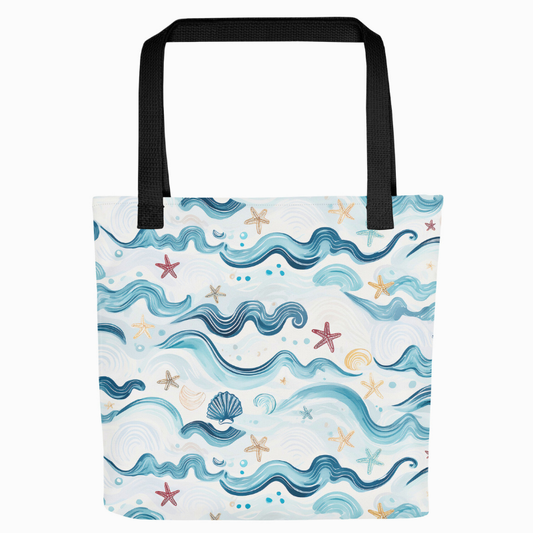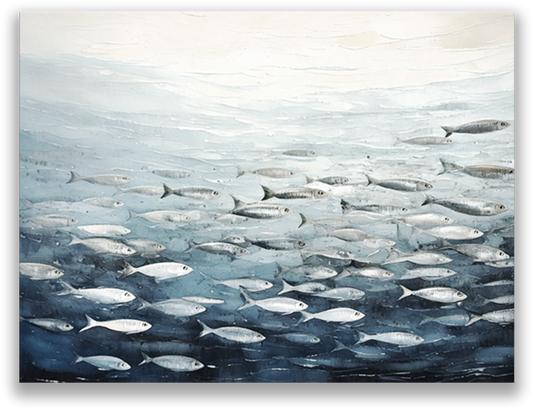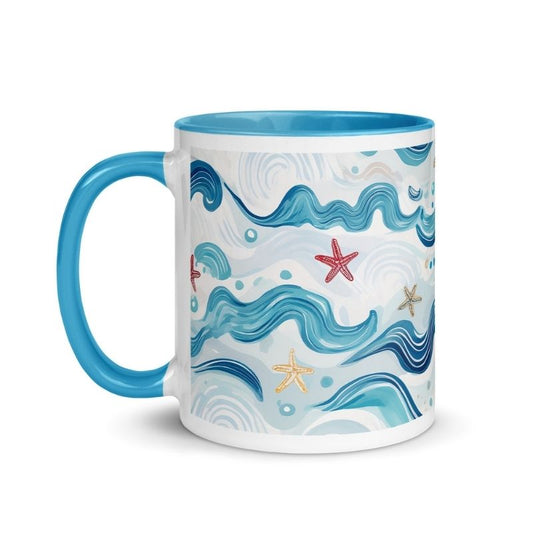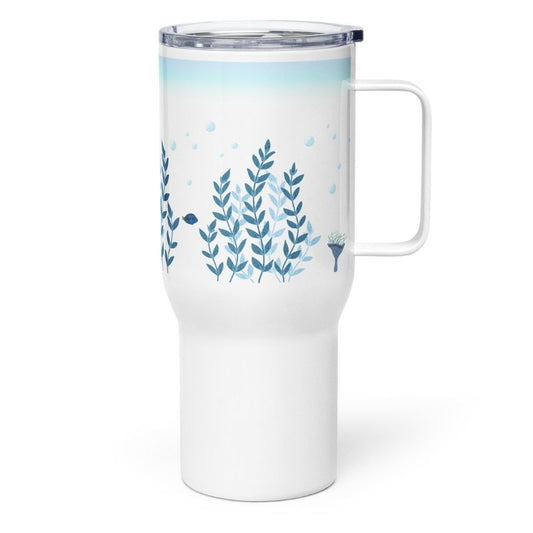
Things to Know Before Heading to Caves Beach in Newcastle
Share
Visit Caves Beach in Newcastle
Australia has some amazing beaches. This post we'll be talking about Caves Beach, located on Australia's east coast on the Swansea Peninsula. The town has a population of about 4000 people, and the beach is an amazing destination not only because of its coastal beauty but because of a network of sculptural sea caves that you can walk through at low tide. Amazing right, let's get into it so you can start planning your visit.

Exploring the Unique Sea Caves at Caves Beach
Caves Beach is in New South Wales, at the eastern edge of Lake Macquarie also known as Lake Mac, about 30 kilometers (about 19 miles) south of Newcastle and about 300 m (0.2 miles) north of Hams Beach. The area is managed by the Lake Macquarie City Council and is well-equipped with amenities, including BBQ facilities, picnic areas, and nearby public toilets. The beach’s southern end is where you’ll find the famous sea caves, while to the north lies Swansea Channel, connecting Lake Macquarie to the ocean.

The highlight of any visit to Caves Beach is exploring the network of magnificent sea caves found at the southern end of the beach. These caves, carved by the waves of the Pacific Ocean, are accessible during low tide. The sea caves form intricate passageways that can be safely explored during low tide. You'll walk on a floor of sand through this interconnected grotto, a product of the eroding power of the Pacific waves and tide.
Visitors are advised to always check the tide times before visits, as the caves are only accessible for a few hours each day when the water recedes. And rescue teams have been called on before to aid travelers who've explored the rocky chambers a little too long after the tide began rising.

Geological Wonders: How the Caves and Rocks Were Formed
The intricate network of sea caves at Caves Beach has been formed over thousands of years through the relentless process of coastal erosion. Powerful Pacific Ocean waves have gradually carved into the cliffs, sculpting the caves into the impressive formations seen today.
The geology of Caves Beach is primarily composed of soft sandstone, a rock highly susceptible to the forces of wind and water erosion. It took millions of years for the sea caves to form, as the Pacific Ocean's waves slowly wore down the cliffs, expanding the small cracks and fissures into today's expansive caverns. These caves are still being shaped, as the constant ebb and flow of the ocean continues to erode the sandstone, subtly altering their contours over time. Over the centuries, the caves have shifted and grown, with some areas collapsing while others deepen.

This area was once the ancestral land of the Awabakal people, who thrived here for centuries, and lived off of the resources from the coastal environment. The caves themselves, along with the surrounding land, carry deep cultural significance, as the Awabakal people used the coastal plains of the Swansea Peninsula to gather essential materials, such as resin for spear-making, and engaged in other traditional practices.
A Scenic Walk to Spoon Rocks Breakwater
To add yet another coastal attraction to your visit, a walk from Caves Beach to Spoon Rocks Breakwater is a must. The path takes you south along the shoreline, passing through Wallarah National Park with spectacular panoramic views of the Pacific Ocean. Along the way, you'll spot neighboring beaches like Hams Beach and Pinny Beach. The walk takes about 20-30 minutes, an easy addition to your beach day.
The breakwater, a remnant of a 19th-century coal mining project, is a fascinating landmark in the shape of a spoon between the rugged cliffs and the ocean. A breakwater is a structure built along a shoreline to protect the coast from the force of waves, creating calm waters by reducing wave intensity and preventing erosion. Spoon Rocks does that indeed and protects the shoreline.
With its scenic beauty, historical significance, and ease of access from Lake Macquarie, Caves Beach is a perfect coastal escape for anyone visiting the region.








